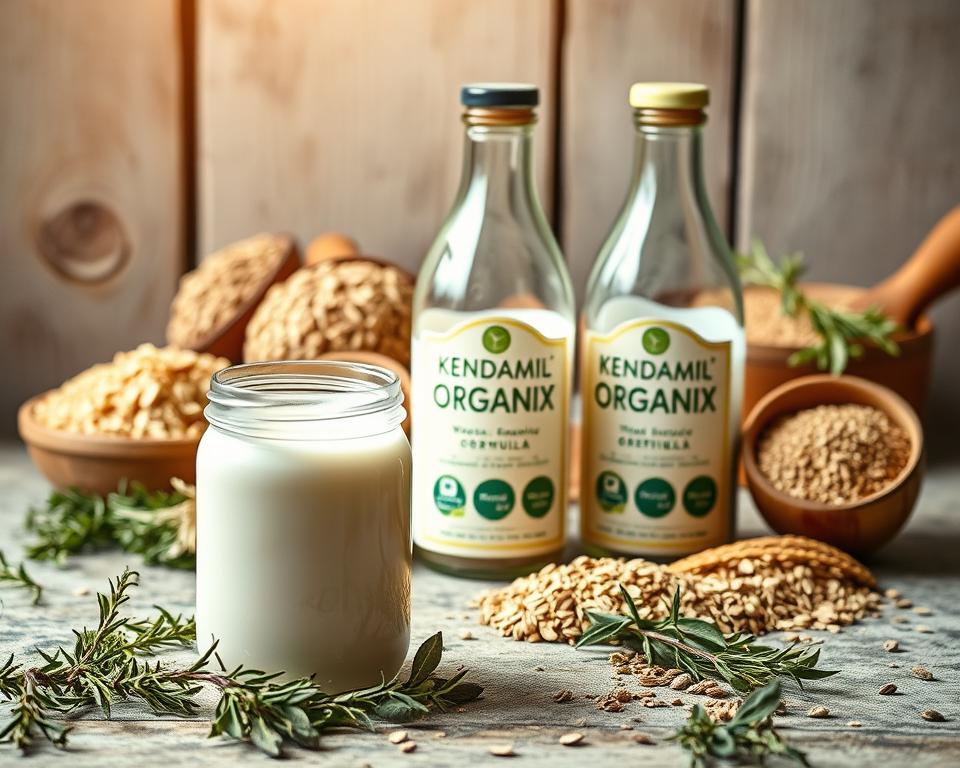Grease Pit Maintenance: Maintain Your Kitchen Sanitary & Safe
Did you know that blocked grease traps can lead to commercial kitchens to lose up to $20,000 a year in plumbing repairs and fines? This shocking statistic highlights the essential requirement for regular grease pit cleaning and upkeep. Grease pits, also known as grease traps or interceptors, are vital for efficiently separating fats, oils, and grease (FOG) from wastewater. This stops these materials from entering the sewer system.
Ignoring grease pit upkeep creates risks to plumbing and health. It can also lead to substantial regulatory fines. By understanding the intricacies of grease pit maintenance, kitchen staff can guarantee compliance with health codes. This, in turn, fosters a more secure and sanitary setting for food preparation.
Understanding Grease Pits and Their Significance
Grease pits, also known as grease traps, are crucial for the proper functioning and cleanliness of restaurant kitchens. They are intended to divert fats, oils, and grease (FOG) from wastewater. This is critical to stopping severe plumbing issues. Knowing about grease pits and their types aids restaurant owners in choosing smart decisions for upkeep.
What is a Grease Pit?
A grease pit captures and isolates FOG from wastewater before it reaches the sewer system. Since oil and water do not mix, allowing FOG to infiltrate treatment plants can cause blockages and overflows. By using restaurant grease cleaning , restaurants can keep their grease management systems efficient, safeguarding their plumbing and the ecosystem.
Types of Grease Pits
There are different grease pits designed for different needs:
- Passive Grease Traps: These are suitable for smaller businesses, employing gravity for diversion and needing regular upkeep.
- Hydraulic Grease Interceptors: These are used in larger businesses, handling high quantities of wastewater while offering grease interceptor services.
- Gravity Grease Traps: These systems depend on physical separation but require frequent checks to operate effectively.
Learning these types helps in selecting the right system for best performance and adherence with local regulations.
Grease Pit Cleaning: Why Routine Maintenance Is Important
Regular cleaning of a grease pit is essential for any establishment that depends on effective kitchen operations. Neglecting cleaning can severely affect both functionality and safety in a restaurant kitchen.
Repercussions of Neglect
Not planning regular grease trap pump outs leads to the accumulation of fats, oils, and greases (FOG). This can lead to:
- Clogs and overflows, leading to plumbing issues
- Costly repairs that strain restaurant finances
- Foul odors that create a negative dining atmosphere
- Possible health hazards due to unsanitary conditions
Selecting a reliable grease trap maintenance company reduces these risks. Routine cleaning not only maintains the equipment in good condition but also ensures a sanitary, pleasant environment for customers.
Legal Adherence
In many regions, stringent rules regulate grease pit maintenance. Adhering to these standards is essential to avoid penalties and legal issues. Consistent upkeep guarantees adherence with health codes, protecting the company from possible violations. Collaborating with a trusted grease trap maintenance company simplifies compliance, allowing you to focus on your operations.
Best Practices for Efficient Grease Pit Cleaning
Maintaining a grease pit clean is vital for any food service establishment. Regular maintenance of grease traps guarantees a secure kitchen and compliance to health codes. Ignoring grease management can cause plumbing issues, bad odors, and penalties. Adopting optimal methods safeguards your business and customers.
Establishing a Cleaning Schedule
Setting a consistent maintenance schedule for grease traps is crucial for best performance. Typically, professional servicing should occur every four to six weeks. However, this can differ based on factors such as:
- The amount of food service
- The size of the grease pit
- The kinds of food being prepared
Keeping a detailed log of maintenance activities aids monitor upkeep and ensures adherence with local laws. Regular checks are a key step towards effective grease trap upkeep.
DIY vs. Professional Help
Some might choose DIY maintenance, but relying on grease removal experts is often the most effective choice. Expert maintenance guarantees a thorough clean, employing dedicated tools and techniques not available to most restaurant staff. Key considerations include:
- Complexity of the maintenance process
- Regularity of grease buildup
- Skill in handling grease-related problems
Selecting experts not only saves time but also lowers the chance of problems from incorrect cleaning. For companies looking to keep their premises sanitary and effective, professional assistance can make a significant difference.
In Closing
Grease pit maintenance is essential for a safe, effective kitchen setting. It ensures compliance with health codes and lowers plumbing issues and health violations. This proactive method makes the cooking space more sanitary and more secure, vital for any kitchen.
Setting up a maintenance plan and understanding when to contact professionals for grease trap cleaning is crucial. Working with professionals like All In Sanitation Services enhances the cleaning process and boosts effectiveness. This ensures tasks are managed with the correct skill and competence.
Routine upkeep of grease pits promotes a safe kitchen and boosts restaurant kitchens’ productivity. Making informed decisions about grease trap cleaning and timely interventions leads to a more efficient kitchen operation. It safeguards health and efficiency in the food service sector.



